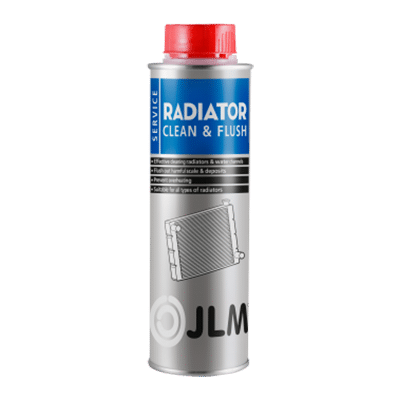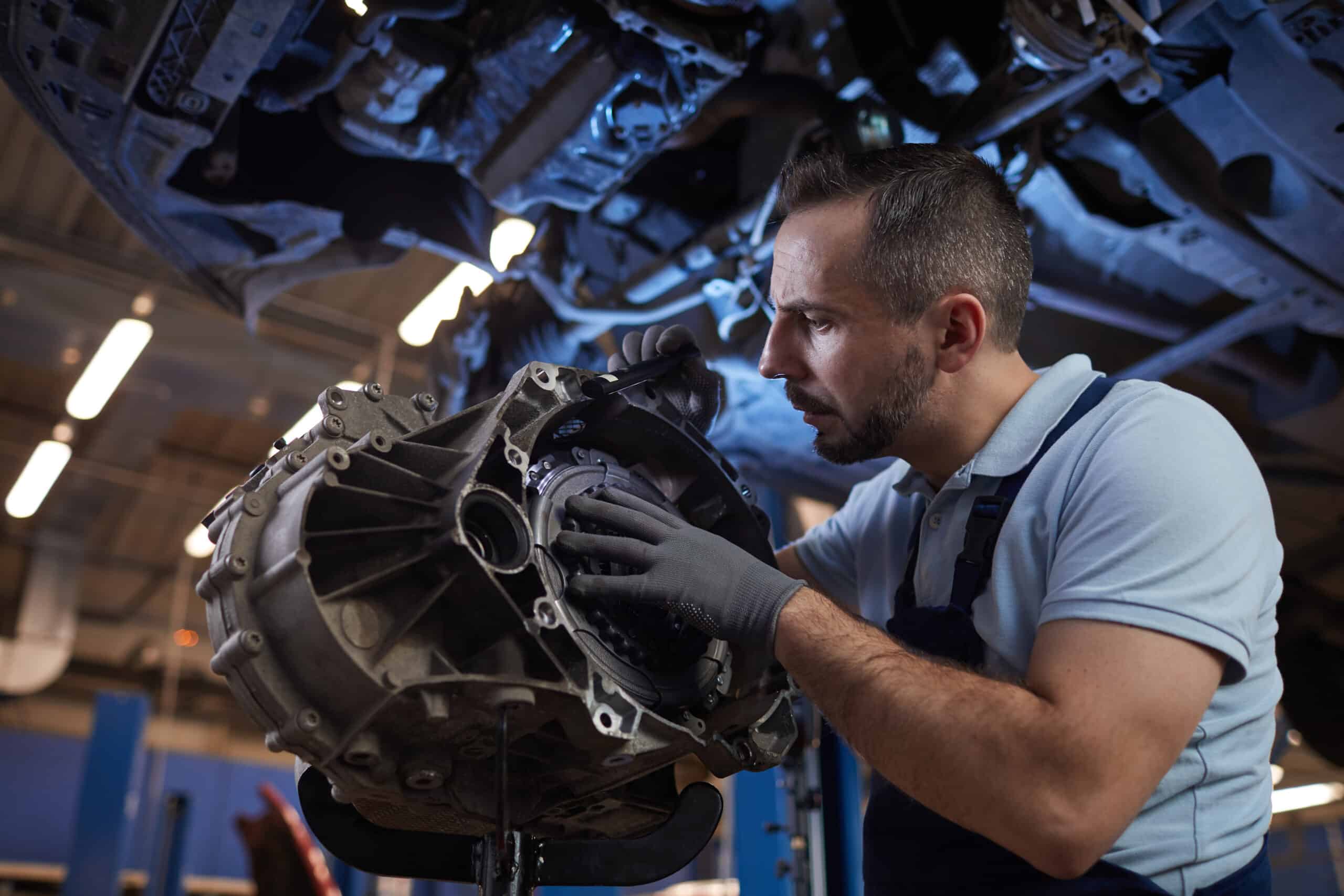JLM Radiator Clean & Flush quickly and effectively removes rust, iron oxide and limescale deposits from corroded metal in the cooling system, radiator, coolant passages and engine block without affecting the materials.
Product information
Why choose JLM Radiator Clean & Flush?
JLM Radiator Clean & Flush is a high-performance radiator cleaner fluid designed to remove rust, iron oxide, limescale, and other deposits from the cooling system. Over time, contaminants build up inside the radiator, heater core, and water channels, reducing coolant flow and increasing the risk of overheating.
This radiator flush and cleaner restores the cooling system’s efficiency, prevents hot spots, and extends the life of your engine components. JLM Radiator Clean & Flush is suitable for use in combination with plastic, steel, and aluminium parts in the cooling system.
A single 250ml bottle treats cooling systems with up to 12 litres of coolant, delivering a deep clean without damaging hoses, seals, or components.
Key benefits
- Improves heat transfer: Restores efficient coolant flow by removing internal build-up.
- Prevents overheating: Clears deposits that restrict circulation and cause temperature spikes.
- Protects engine components: Keeps the radiator, thermostat, and water pump in optimal condition.
- Safe for all materials: Gentle on aluminium and plastic whilst powerful on corrosion and scale.
- Compatible with all coolant types: Works with standard and long-life coolants.
How to use JLM Radiator Clean & Flush
To perform a complete radiator system flush, follow these steps carefully:
- Shake well before use.
Make sure the formula is evenly mixed before adding it to the system. - Add the contents of one 250 ml bottle to the radiator or directly into the cooling system. This dose is suitable for systems containing up to 12 litres of coolant.
- Drive or run the engine for approximately 30 minutes.
Allow the cleaner to circulate through the radiator, water pump, and heater core while the engine reaches normal operating temperature. The solution will dissolve and loosen rust, scale, and other debris throughout the system. - Drain the cooling system completely.
When the engine has cooled, remove the radiator cap and drain the fluid to remove loosened deposits. - Flush with clean water.
Rinse the system thoroughly until the water runs clear to ensure all residue and contaminants are removed. This is the flushing coolant stage. - Refill with fresh coolant.
Follow your vehicle manufacturer’s instructions when refilling with new coolant or antifreeze. Always check for leaks and bleed any air pockets to restore correct circulation.
Safety note: Always be careful when opening or draining the cooling system, as hot coolant or steam may escape under pressure.
Related products for a system flush
- JLM Engine Oil Flush for engine internal cleaning before oil replacement
FAQs about coolant flush
Is JLM Clean & Flush safe for aluminium radiators?
Yes. JLM Radiator Clean & Flush is fully safe for aluminium systems. It’s formulated to clean effectively without attacking delicate aluminium or alloy surfaces.
How many litres of coolant does JLM Clean & Flush treat?
One 250ml bottle treats up to 12 litres of coolant, which covers most car and light commercial cooling systems.
How long should I leave JLM Clean & Flush in the system?
Allow the cleaner to circulate for about 30 minutes with the engine at normal operating temperature. This ensures full contact with the internal surfaces of the radiator and cooling channels. Always drain, flush with water, and refill with new coolant after use. Do not leave the cleaner in the system permanently.
Does radiator cleaner work?
Yes. When used correctly, radiator cleaner removes sludge, rust, and scale that can block coolant flow and cause overheating. It’s a fast, cost-effective way to restore cooling performance before replacing coolant.
Frequently
asked
questions
These are the most common questions we get from a potential distributor.



